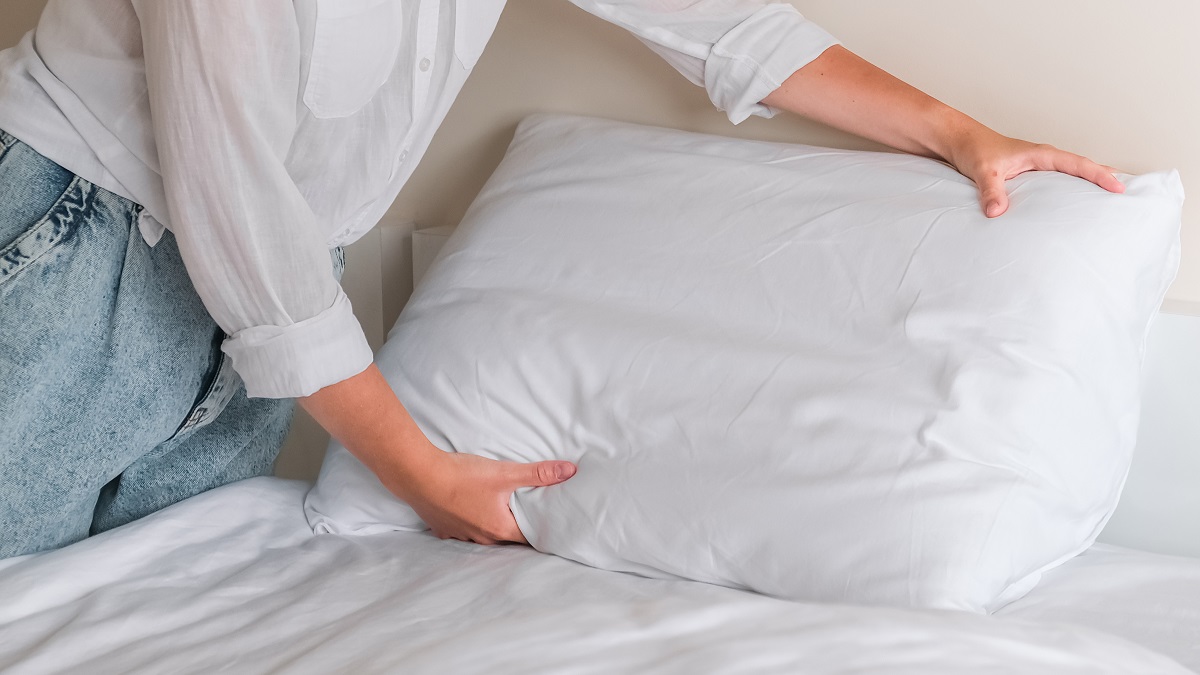Fibromyalgia patients know that there are many different kinds of medications available to treat fibro symptoms, medications that range from pain medicines to sleeping pills to antidepressants. While some ease pain, others boost mood and improve sleep. Working with a pain management specialist like those at Chronicillness.co Site of the United States can help patients find the right fibromyalgia medication to add to their treatment regimen. That way, symptoms can be managed more effectively.
Click Here to Visit the Store and find Much More….
Initially, antidepressants are used to treat fibro, and they help relieve pain, fatigue, and sleep problems. In addition, antidepressants help depression, which is commonly seen in people with fibromyalgia. Older antidepressants, called tricyclics, have been used for many years to treat fibromyalgia. The tricyclic antidepressants, including Elavil (amitriptyline) and Pamelor (nortriptyline), work by raising the levels of chemicals (neurotransmitters) in the brain.
Tricyclic antidepressants increase levels of serotonin and norepinephrine in the brain. People with chronic pain often have decreased levels of these calming neurotransmitters. Tricyclics can relax painful muscles and heighten the effects of endorphins—the body’s natural painkillers. While these medications are often very effective, the side effects can sometimes make them difficult to take as they may cause drowsiness, dizziness, dry mouth, dry eyes, and constipation.
There are several different types of antidepressants and several of them have been shown to help relieve the pain, fatigue, and sleep problems in people with fibromyalgia.
The most well-studied antidepressants for fibromyalgia include Cymbalta (duloxetine), Savella (milnacipran), and Effexor (venlafaxine). Cymbalta and Savella are specifically FDA-approved to treat fibromyalgia. There is less medical research to show that Effexor helps fibromyalgia. Other antidepressants that have also been studied for fibromyalgia and may help include Prozac (fluoxetine), Paxil (paroxetine), and Celexa (citalopram).
Different antidepressants work differently in the body. In addition, what works for one person with fibromyalgia may not work for someone else. That’s why people with fibromyalgia may have to try more than one antidepressant to find the one that best relieves the pain, fatigue, and sleep difficulties associated with the condition.
Click Here to Visit the Store and find Much More….
Different types of pain relievers are sometimes recommended to ease the deep muscle pain and trigger-point pain that comes with fibromyalgia. The problem is these pain relievers don’t work the same for everyone with fibromyalgia.
The over-the-counter pain reliever acetaminophen elevates the pain threshold so you perceive less pain. Nonsteroidal anti-inflammatory drugs (NSAIDs), when taken alone, don’t typically work that well for fibromyalgia. However, when combined with other fibromyalgia medicines, NSAIDs often do help. NSAIDs are available over the counter and include drugs such as aspirin, ibuprofen, and naproxen.
Be careful taking aspirin or other NSAIDs if you have stomach problems. These medications can lead to heartburn, nausea or vomiting, stomach ulcers, and stomach bleeding. This risk of serious bleeding is even higher in people over the age of 60. Don’t take over-the-counter NSAIDs for more than 10 days without checking with your doctor. Taking them for a prolonged period increases the chance of serious side effects. Aspirin and other NSAIDs can cause or worsen stomach ulcers. If you’ve had ulcers or any kind of stomach or intestinal bleeding, talk to your doctor before taking NSAIDs.
Acetaminophen is relatively free of side effects, but patients who have liver disease should avoid it. Also, make sure to not take more than recommended as that greatly increases the risk of side effects, including liver damage.
The muscle relaxant cyclobenzaprine has proved useful for the treatment of fibromyalgia. It’s often prescribed to help ease muscle tension and improve sleep. Muscle relaxants work in the brain to relax muscles.
With muscle relaxants, patients may experience dry mouth, dizziness, drowsiness, blurred vision, clumsiness, unsteadiness, and a change in the color of urine. These medications may increase the likelihood of seizures. Older adults sometimes experience confusion and hallucinations when taking them.

Click Here to Visit the Store and find Much More….
For More Information Related to Fibromyalgia Visit below sites:
References:
Fibromyalgia Contact Us Directly
Click here to Contact us Directly on Inbox
Official Fibromyalgia Blogs
Click here to Get the latest Chronic illness Updates
Fibromyalgia Stores

